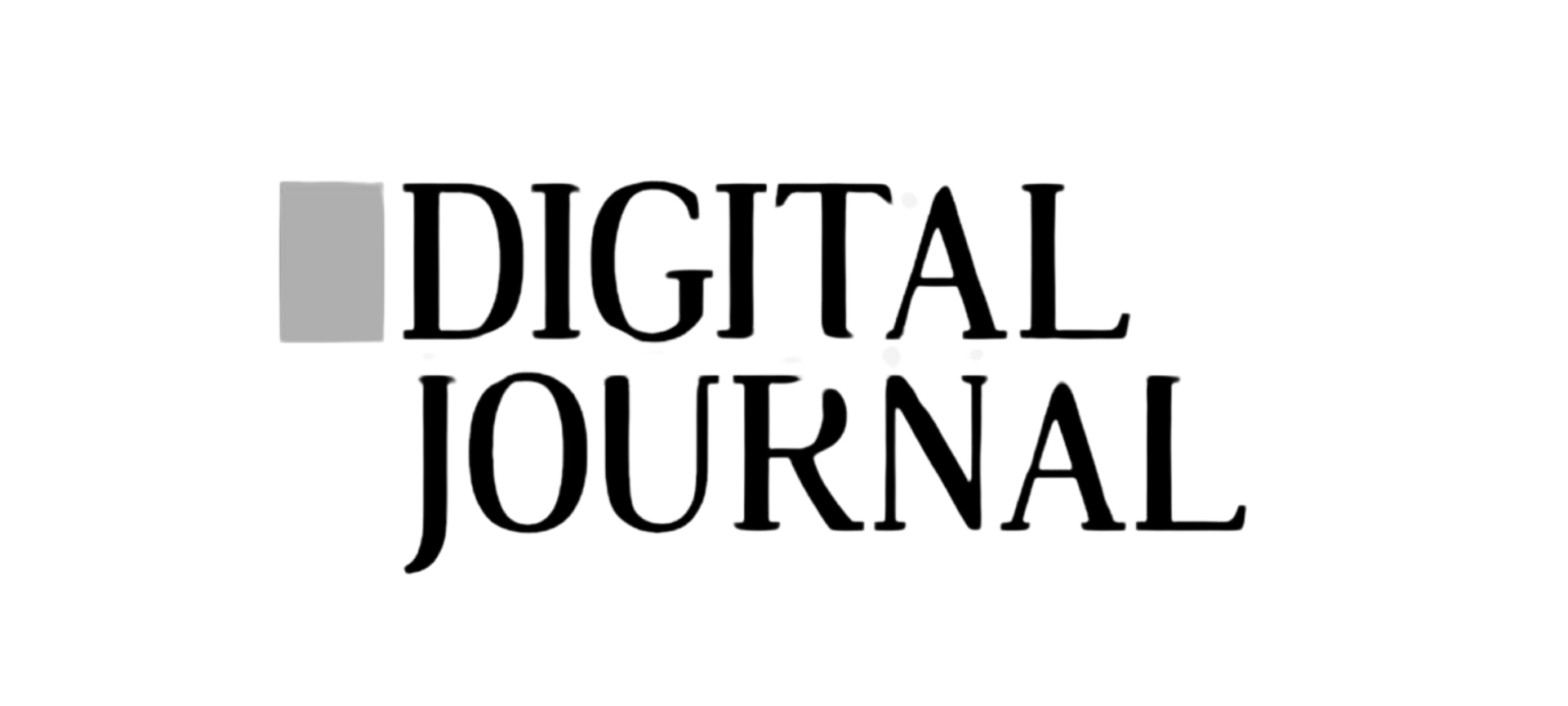No Surge Pricing-We are Trustable Londoners Minicab Service Company

There are times when you need to pay a massive amount of money when there is an increase in demand. This leads to spending a lot of money out of it. Well, at Minicabride, you can always expect to get high-quality services where we offer no surge pricing. This helps to meet your requirements where you never have to pay any extra money for your travel. Reaching your destination on time is possible, and it has allowed you to serve your exact purpose by approaching us. You can also download our app on PlayStore, where you can book your taxi hassle-free. We are the most dependable taxi services, where you can feel glad about the right choice that you make. We are the officially licensed private hire operator where you can find that it has been possible to get 100% satisfaction.
We have also got numerous payment options where you never have to worry at all. We accept payments like PayPal, MasterCard, VISA, etc, where you can always expect to enjoy our services. You can also enjoy lots of different facilities that are an added advantage to you. Choosing from airport transfers, train station transfers, and seaport transfers will make you get your exact requirements served perfectly. So, you should make the right effort to contact us, and we will provide you with 100% satisfactory services.
Book your Minicab today & start your emission-free journey.

A Trip is more than just a Trip. It’s a gateway to opportunities and jobs. A connection to the community. And access to Rides like airports, seaports, stations, hotels, shopping centers and local places. Our Team initiative makes rides more accessible for millions and helps bring communities closer. We believe in providing our customers a chance to travel in the best and most comfortable Transportation Services as we are available 24/7. No matter your destination, we’ll get you where you need to go…

Looking for Minicab and Private Hire in London, UK? At MiniCabRide, we understand the importance of providing a reliable and cost-effective service to our customers. Unlike some other taxi companies that implement surge pricing during peak hours or busy periods, we are proud to offer fixed pricing for all our minicabs.
With MiniCabRide, you can rest assured that you won’t be caught off guard by sudden price increases. We believe in transparency and fairness, so we provide free quotes for all our rides. Whether you need a quick trip to the airport or a ride across town, our pricing remains consistent and competitive. So, why pay more for the same service when you can trust MiniCabRide to offer affordable and reliable transportation throughout London? Contact us today for a free quote and experience the convenience of fixed pricing without hidden fees.
What customer says about our London Minicab Transfer Services
You’re Frequently Asked Question & Answers (FAQs)

To find out all the information you Are looking for, check out the frequently asked questions that our Customers ask daily before booking a private transfer with us.





